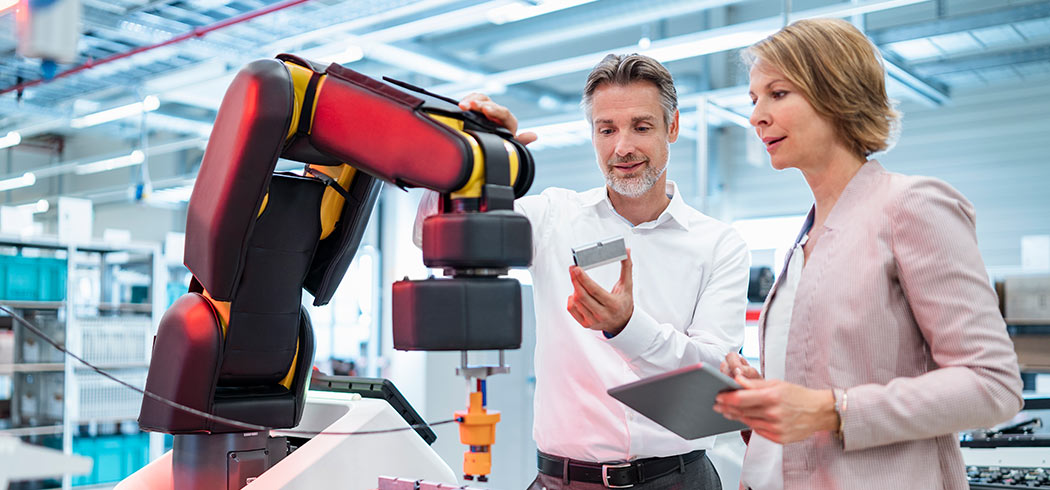
Making the process cost-effective was reliant on cheap, low-power processors. The first step towards this was adopting radio-frequency identification (RFID) tags, which used electromagnetic fields to automatically identify and track objects. RFID tags were first added to expensive equipment to track its location. This was assisted by the growth of broadband internet alongside advances in cellular and wireless networks.
The adoption of Internet Protocol version 6 (IPv6), alongside the dwindling cost of connecting objects with sensors and internet capability, provided the IoT with the opportunity it required to scale up. While processes offered most interest to business and manufacturing firms, the IoT increasingly sees offices and homes proliferated by smart IoT gadgets.
What is IoT and what is not?
The Internet of Things is a general description of devices that you wouldn’t typically expect to connect to the internet. For example, laptops and smartphones are not typically described as IoT devices. However, wearable devices like fitness trackers and smartwatches generally are referred to as IoT devices.
Technology analyst firm IDC predicts 55.7 billion connected devices will be in circulation by 2025, of which 75% will connect to IoT platforms. Those devices alone will generate 73.1 zettabytes of data, largely through security and video surveillance and industrial applications. As a result, it forecasts worldwide IoT spending to reach $1 trillion by 2022, up from $646 billion in 2018 and $745 billion in 2019.
What does IoT mean for digital transformation?
What does Internet of Things mean on a broad scale? It's the ecosystem of devices that connect to the internet. This new ecosystem of connected objects relies on sensors that provide advanced levels of digital intelligence. As a result, the universe around us is becoming smarter, more responsive, and interconnected, which sees the digital world increasingly merge with the physical.
How are IoT devices used?
IoT devices are more prevalent than you may realize. It’s any device that can be connected to the internet. The proliferation of inexpensive computer chips and wireless networks now makes it possible to turn almost any object into a connected device, from pills, parking meters, toasters, and medical devices to fitness trackers, watches, and airplanes.
One of the most significant areas of IoT usage will be the utility industry as it continues to roll out new smart meters to track customers’ energy usage. Another sharply increasing concept is security devices, such as intruder detection systems and connected cameras that help consumers keep their homes secure. Other rapidly growing areas are building automation, such as connected lights, automated or connected cars and healthcare devices that monitor patient illnesses.
The IoT has also spawned industrial IoT (IIoT), which sees the technology deployed in logistical, maintenance, manufacturing, supply chain settings, and more. These industries now use machine-to-machine communication for wireless automation, and utilize the cloud, machine learning, and analytics techniques to drive new business models. Also referred to as Industry 4.0, the IIoT includes everyday use cases like predictive maintenance, smart cities, smart power grids, and smart manufacturing.
How does IoT work?
Effectively, an IoT device is a small computer that connects to the internet. The devices have built-in processors and sensors that react to data the sensors collect through machine learning. They collect data from their surroundings and use that information to understand users’ preferences, adjust accordingly, and issue alerts.
For example, a smart connected refrigerator is able to spot when its supply is low on eggs or milk and send an alert to its user’s smartphone. Security IoT devices can monitor homes or offices, turn lights on and off as people enter or exit rooms, and stream video for owners to check in on their property while they’re away.
IoT devices also work through various ways of connecting and sharing data. Most use a form of wireless connectivity, such as Bluetooth Low Energy, Ethernet, WiFi, or Zigbee. Other devices that use limited data volumes rely on Long Term Evolution (LTE), and others can communicate through satellites.
The growth of 5G networks will offer major benefits for IoT projects. 5G networks enable up to one million devices to operate in one square kilometer, which enables vast numbers of sensors and is ideal for large IIoT deployments.
Cloud solutions for the world’s most demanding organizations
Unisys cloud solutions adhere to the highest security and compliance standards to mitigate risk at each stage of the cloud adoption lifecycle. We design, deploy, and manage flexible and customized cloud solutions that effectively address our clients’ current needs while establishing a foundation to support long-term growth and change.



















